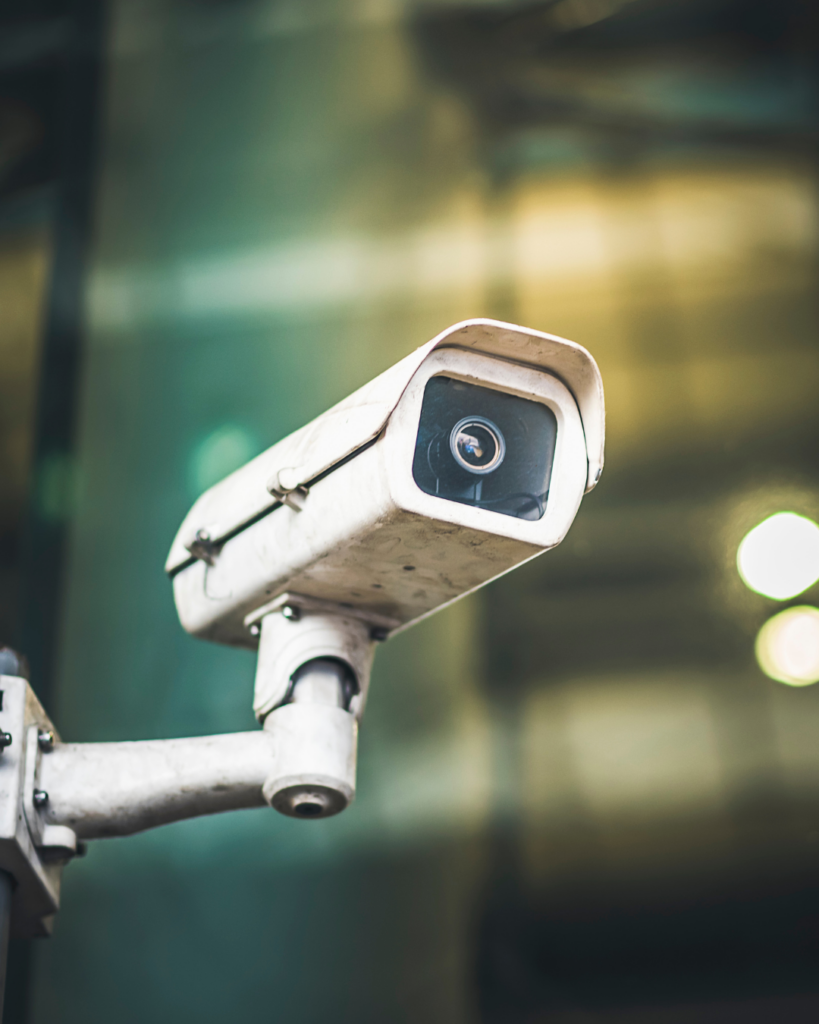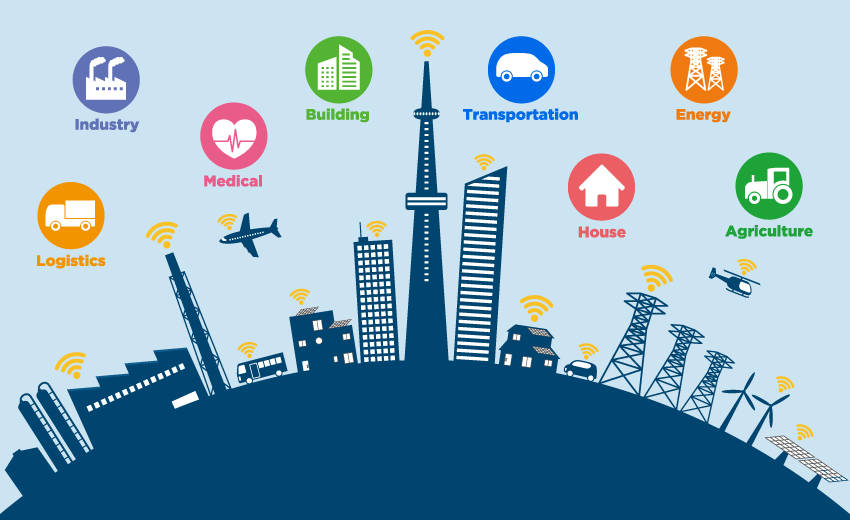In today’s fast-evolving digital landscape, AI surveillance security is revolutionizing public safety. Cities and organizations worldwide are implementing artificial intelligence (AI)-driven surveillance systems to improve threat detection, enhance response times, and minimize security risks. From facial recognition to predictive analytics, AI-powered surveillance is reshaping the future of security in urban environments.
The Role of AI in Modern Surveillance
How AI is Transforming Security Monitoring
Artificial intelligence has drastically improved the accuracy and efficiency of surveillance systems. Traditional CCTV cameras rely on human monitoring, which can be prone to fatigue and errors. However, AI-driven surveillance automates this process by using advanced algorithms to analyze video feeds in real time. These systems can detect anomalies, identify potential threats, and even predict suspicious behavior before incidents occur.
Key Features of AI-Powered Surveillance Systems
- Facial Recognition Technology: AI enhances security by identifying individuals in restricted areas or tracking missing persons in public spaces.
- Object and Motion Detection: Smart cameras can recognize unattended objects, detect loitering, and alert authorities in case of unusual activities.
- Behavioral Analytics: AI analyzes movement patterns and behaviors to identify potential threats before they escalate into security incidents.
- Real-Time Alerts and Automation: AI systems send automated alerts to security personnel when unusual activities are detected, reducing response time.
AI Surveillance Security in Smart Cities
Improving Public Safety and Emergency Response
As cities become smarter, AI-driven surveillance plays a crucial role in urban security. Governments and security agencies integrate AI technologies to enhance public safety through:
- Automated Traffic Monitoring: AI monitors road conditions, detects accidents, and optimizes traffic flow to reduce congestion and improve emergency response times.
- Crime Prevention and Investigation: AI-powered surveillance helps law enforcement agencies analyze crime patterns, track suspects, and prevent incidents.
- Crowd Management and Public Event Security: During large gatherings, AI assists in identifying security threats and managing crowd movement efficiently.
Balancing Privacy and Security in AI Surveillance
Despite its advantages, AI surveillance raises concerns regarding data privacy and ethical considerations. To address these issues:
- Governments must enforce strict data protection regulations to prevent misuse of personal data.
- AI models should be designed to ensure unbiased surveillance, avoiding discriminatory profiling.
- Transparent policies must be established to maintain public trust while improving security measures.
The Future of AI Surveillance Security
Advancements in AI and Machine Learning for Security
As AI technology evolves, surveillance systems will become even more intelligent and efficient. Future developments include:
- Enhanced Predictive Analytics: AI will anticipate security threats before they occur, allowing authorities to take preventive action.
- Integration with IoT and Smart Infrastructure: AI will connect with smart city networks, optimizing security and public safety measures.
- AI-Powered Drones and Robotics: Autonomous security drones will patrol urban areas, providing real-time surveillance without human intervention.
Challenges and Ethical Considerations
While AI-driven surveillance offers numerous benefits, its implementation must be approached responsibly. Ensuring transparency, data protection, and unbiased decision-making will be key factors in shaping the future of security technologies.
Conclusion
AI-powered surveillance is transforming urban security, making cities safer and more resilient. With continuous advancements in AI surveillance security, smart technologies will play an even more significant role in crime prevention, public safety, and emergency response. However, balancing technological innovation with ethical responsibility remains crucial. As AI continues to evolve, its potential in enhancing security will only grow, shaping a safer and smarter future for urban environments.
Discover how MTi Arabia can help you implement the latest innovations in your industry. Get in touch with our experts today. Contact us here.



